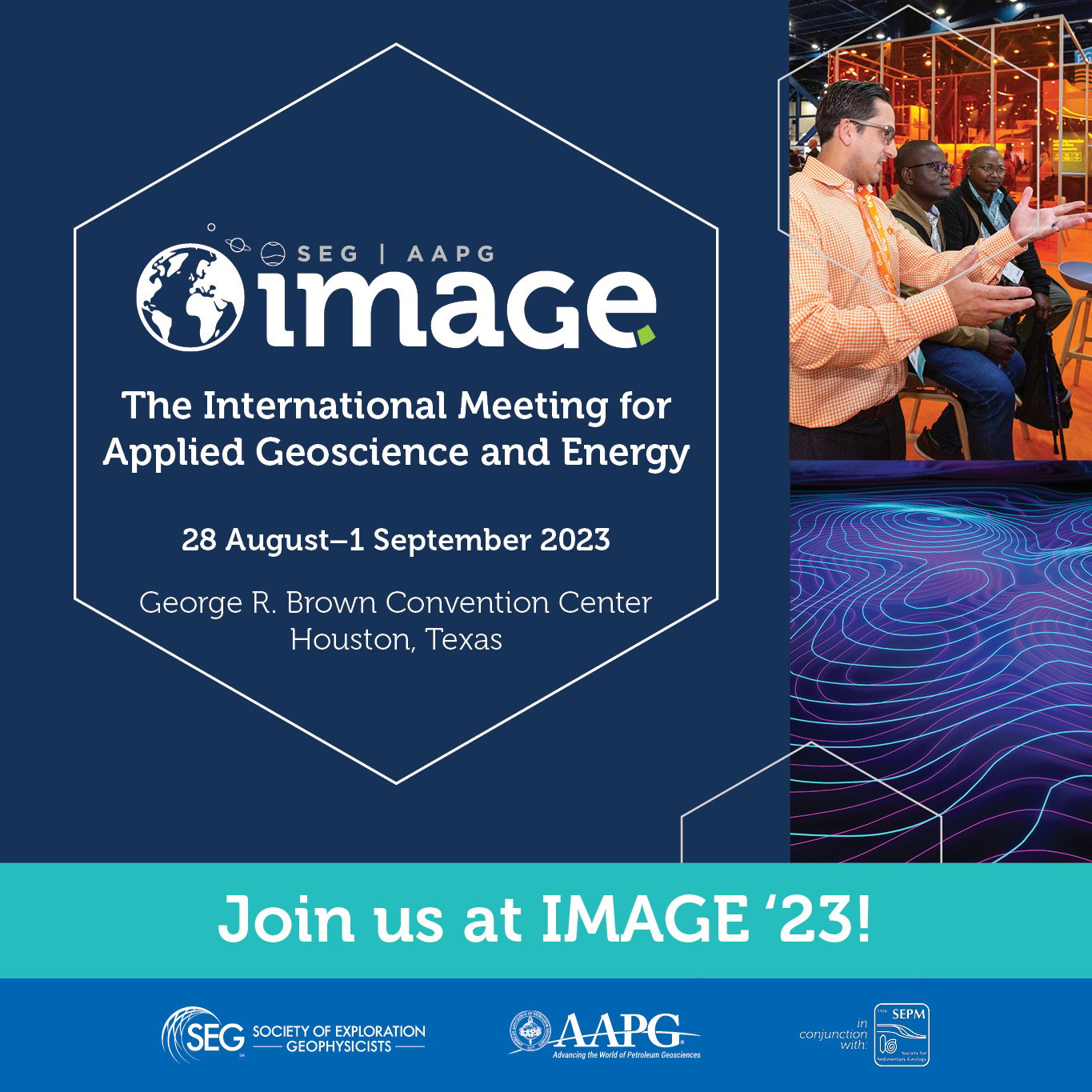Exploiting Non-Uniqueness: Improving Inversion Results by Post-Processing
Author James Brewster, Bell Geospace.
Tuesday August 29 - GM 2: Applications - Room 372B
Session begins 10.20AM, this talk, 11:35AM
Scope
We will present a novel approach to potential field inversion that takes advantage of the non-uniqueness of the solution. Without sufficient constraining information potential fields inversion is a poorly posed problem and as such has an infinity of solutions that each fit the observed data equally well. We will show that this non-uniqueness can be exploited in that it enables conversion of unrealistic inversion solutions to geophysically plausible source distributions. Correcting the solution requires fewer computational resources than repeating the inversion with stronger constraints.
Process
Two methods of transforming the source distribution will be discussed: spherically symmetric convolution and upward continuation. The case presented will be the inversion of gravity observations generated by a 3D distribution of density contrast values.
The gravity field due to a spherically symmetric distribution of mass depends only on the location of the center of symmetry and the total mass. To a good level of approximation, the field due to a set of density contrast voxels is unchanged if they are convolved with a 3D kernel that is spherically symmetric and a total value of unity. An important special case of this transformation is convolution with a 3D Gaussian filter. Due the x, y and z dependencies of this kernel being separable, this transformation is significantly faster to execute than other 3 dimensional convolutions.
Source mass can also be upward continued without changing the resultant gravity field. Given the gravity field on a horizontal plane, the gravity field measured at a higher altitude, horizontal plane can be predicted by convolving the lower altitude observations by the 2D upward continuation kernel. The transformation is in effect a smoothing filter with the degree of filtering increasing with the size of the increase in altitude. Similarly, mass at a deeper depth can be replaced by a more shallow, smoother mass distribution if each layer of voxels is transformed by convolution with the same upward continuation kernel before being moved upward.
Observations
Both transformations described above are smoothing operations therefore will decrease the range of density contrast. Regions with unrealistically extreme density contrast values can be made to confirm with possible geological reality by either convolving with a 3D filter kernel or upward continuing the mass. These operations can be applied selectively, leaving locations where the source density contrast is within a realistic range untouched. It will be shown how rules dictating the allowable range of density contrast can be enforced by iterative application of this process.
Another use-case for the upward continuation of source mass is depth separation. It is useful in the early stage of the interpretation process to be able to identify the approximate depth at which various aspects of the observed gravity field originate. However, the fact of the upward continuation of source mass informs us that without extra information, depth is almost completely unknown. It can be any depth above the original fitted depth. It has been found that a good approximate solution to this uncertainty is to upward continue the mass by the minimum distance required to achieve a realistic density contrast range. The gravity field due to various depth ranges can then be mapped. A key advantage to this workflow is that, even though the source distribution has changed, there is no need to recalculate the forward model of that mass.
Significance
The approach described here simplifies the use of inversion in the interpretation. Rather than repeat the inversion calculation with different constraint values the output can be post processed saving both time and computational resources. Furthermore, when interpreting large datasets, traditional inversion of the entire survey area may not be feasible. In this case, the post-processing approach has been found to be an effective part of early stage interpretation workflow.



.jpg)